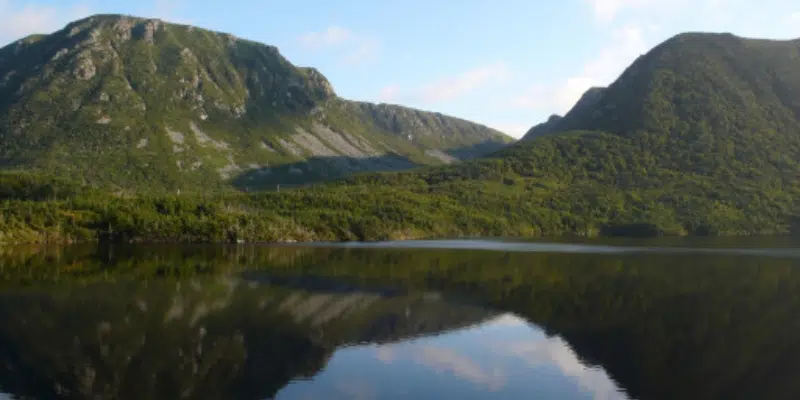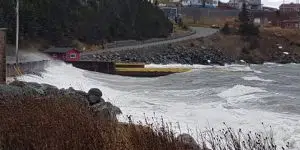Moose population reduction, prescribed burns and the completion of a restoration plan are part of the new management plan for Terra Nova National Park, recently tabled in Parliament.
The park was created in 1957 and covers an area just over 400 km². Twelve species at risk regularly occur in the park, including the Newfoundland pine marten, the little brown bat and blue felt lichen.
The park has a long history of human habitation as well, with 14 of the park’s 32 known archaeological sites having a pre-European contact component. While there is no archaeological evidence of Beothuck in the park, the Beaches Site in Bloody Bay Reach, just outside the park boundary, is a well-documented Beothuck site.
The management plan, which is updated every ten years includes the finalization of a restoration plan for threatened and degraded landscapes by 2021, and conservation and recovery plans for species like the little brown bat and the northern long-eared bat. It also looks to continue efforts to reduce the moose population in the park.























